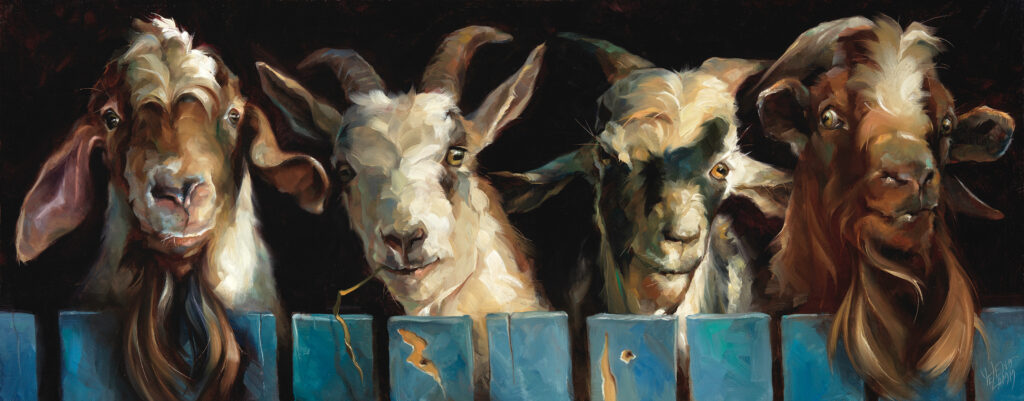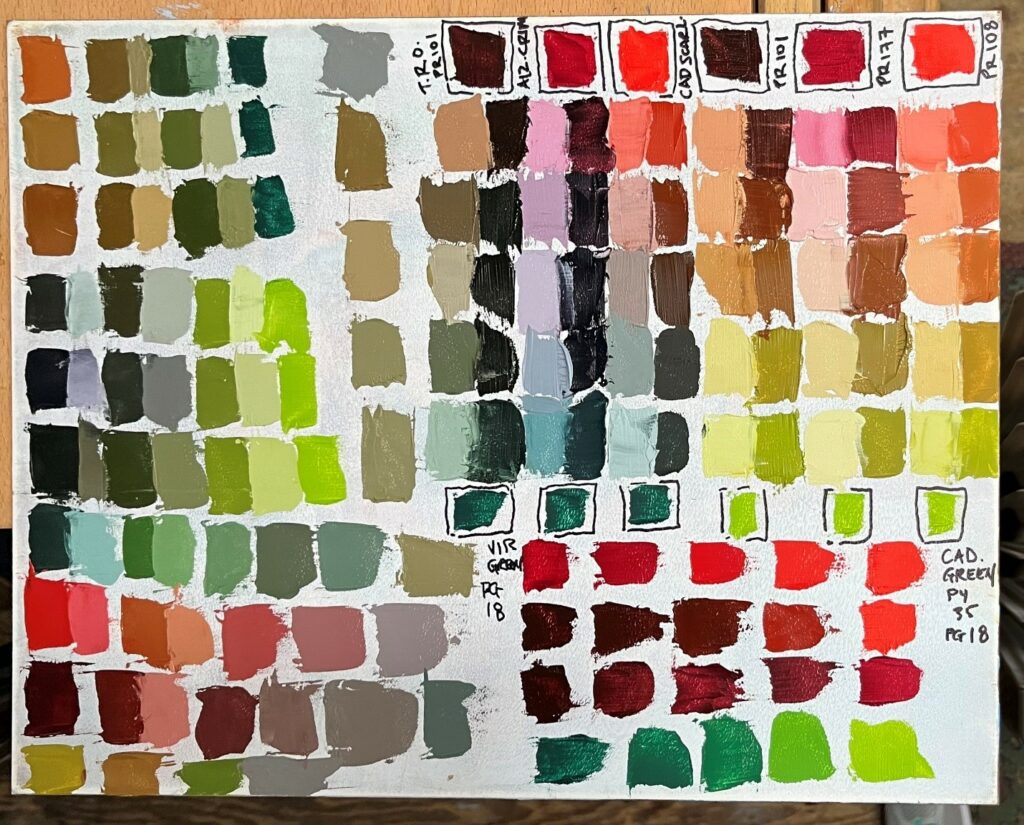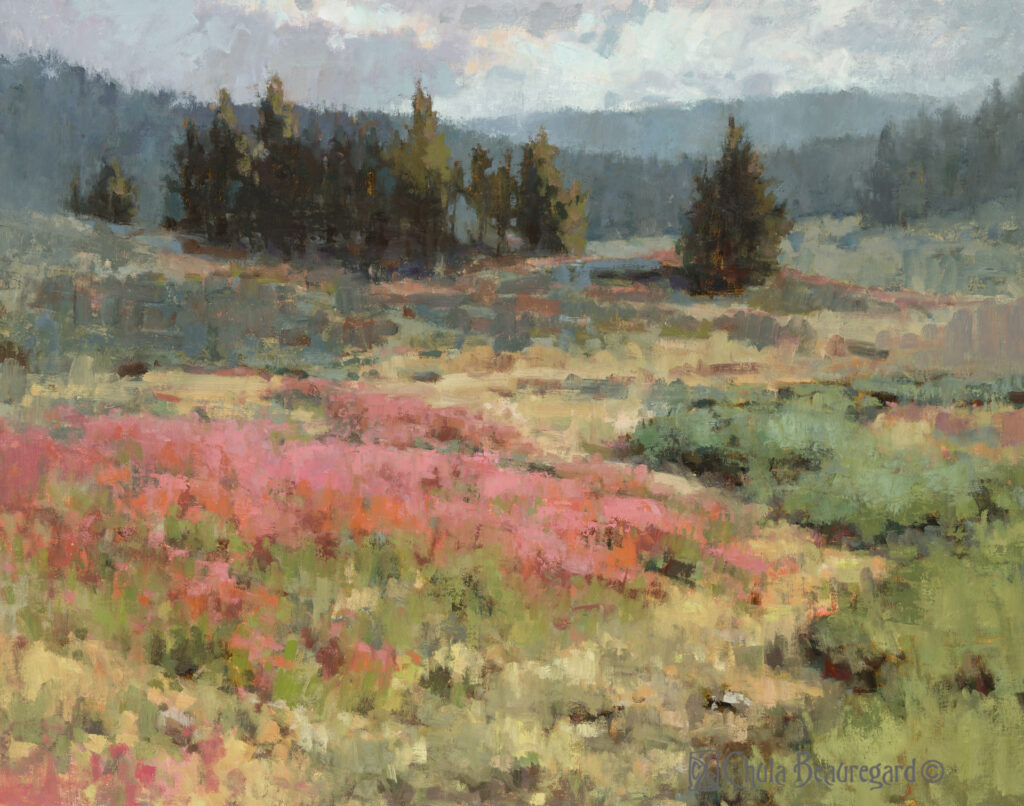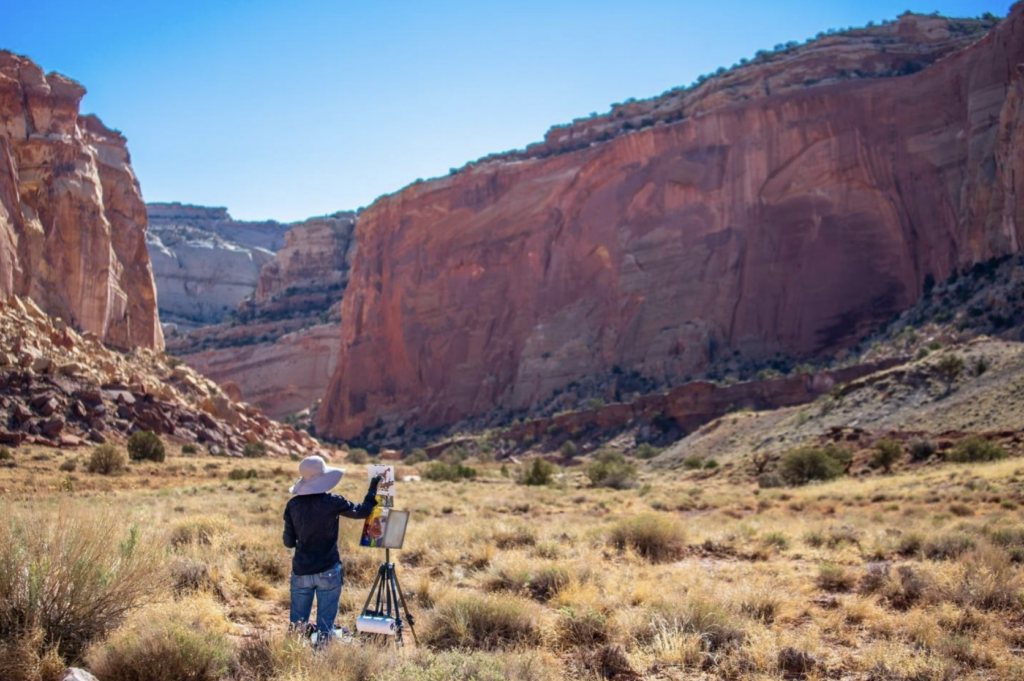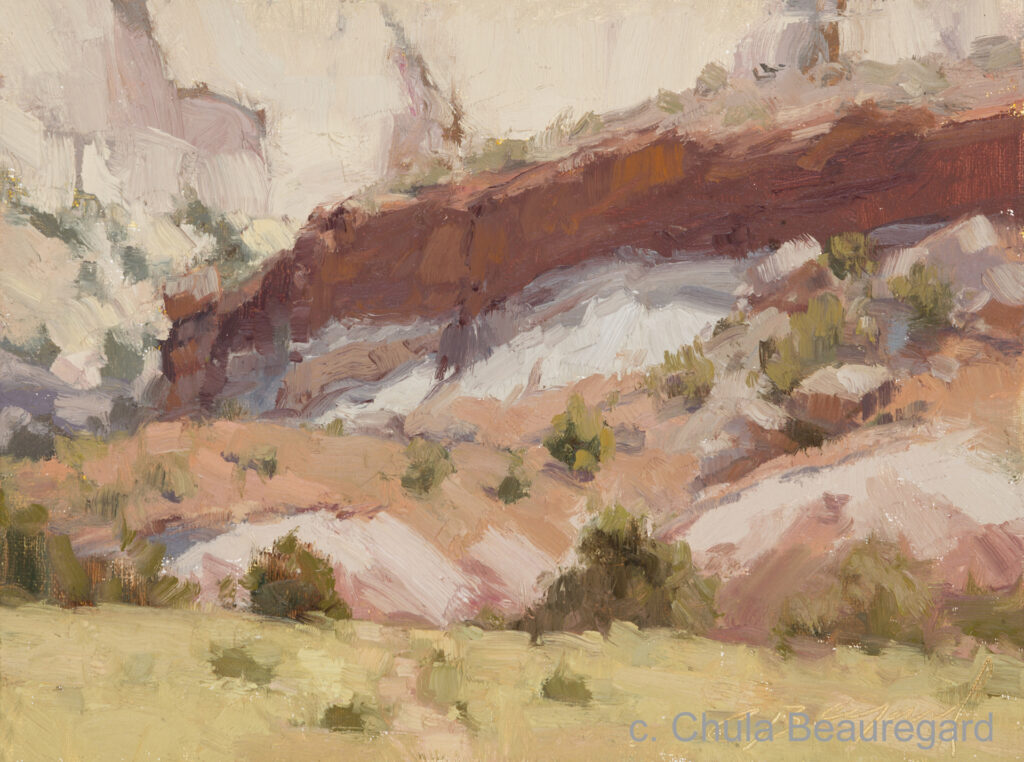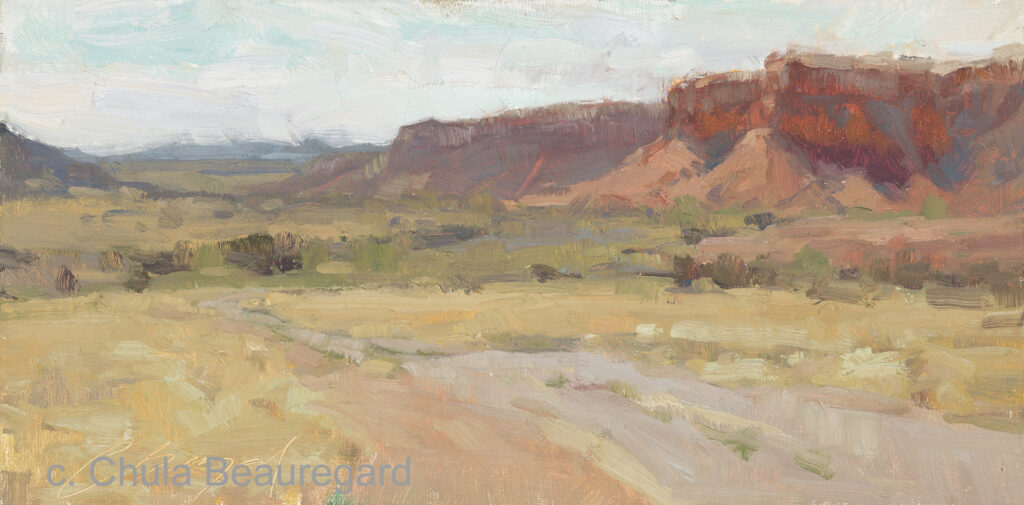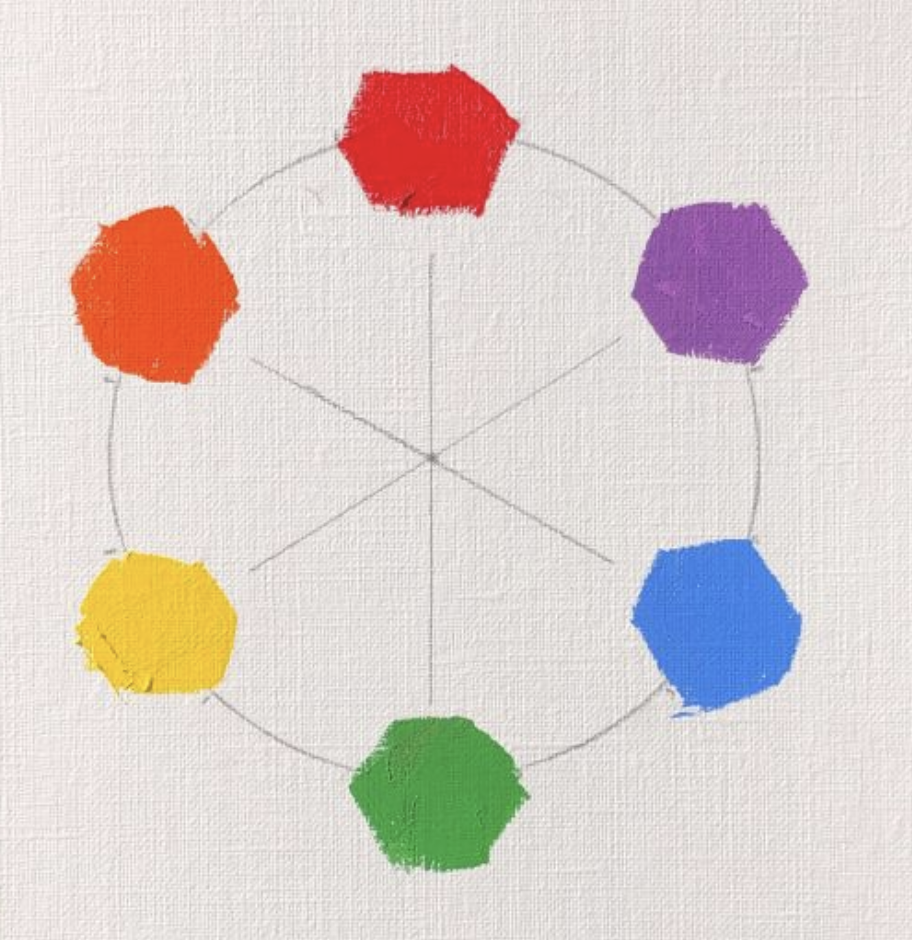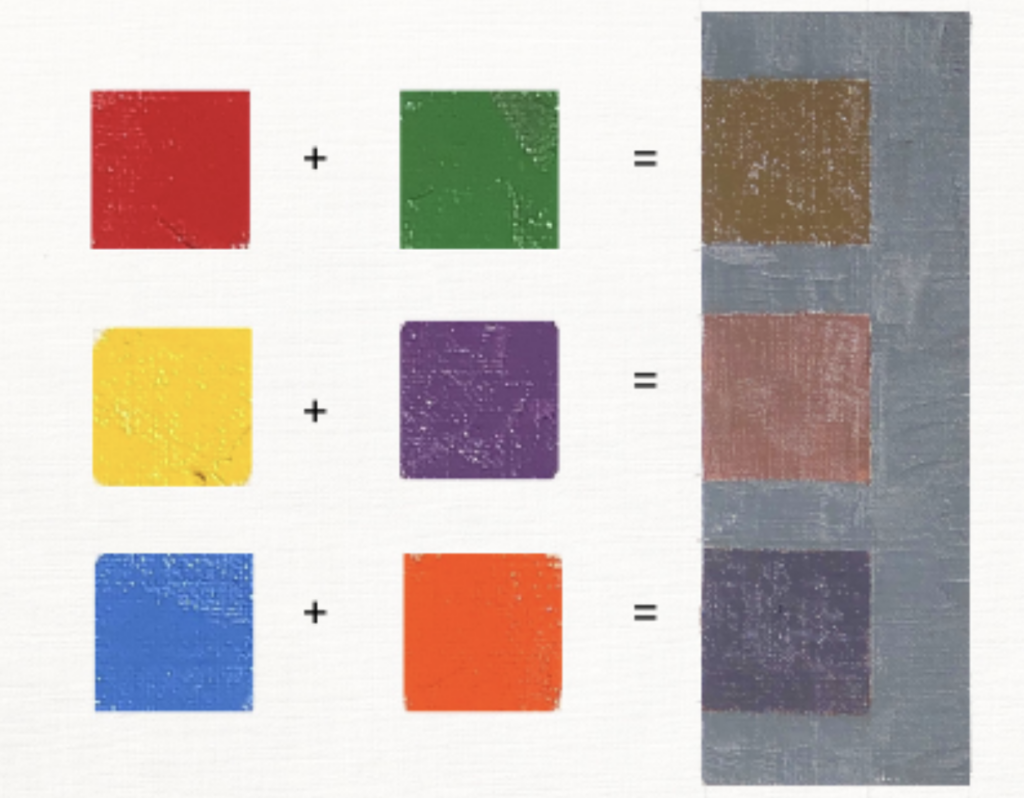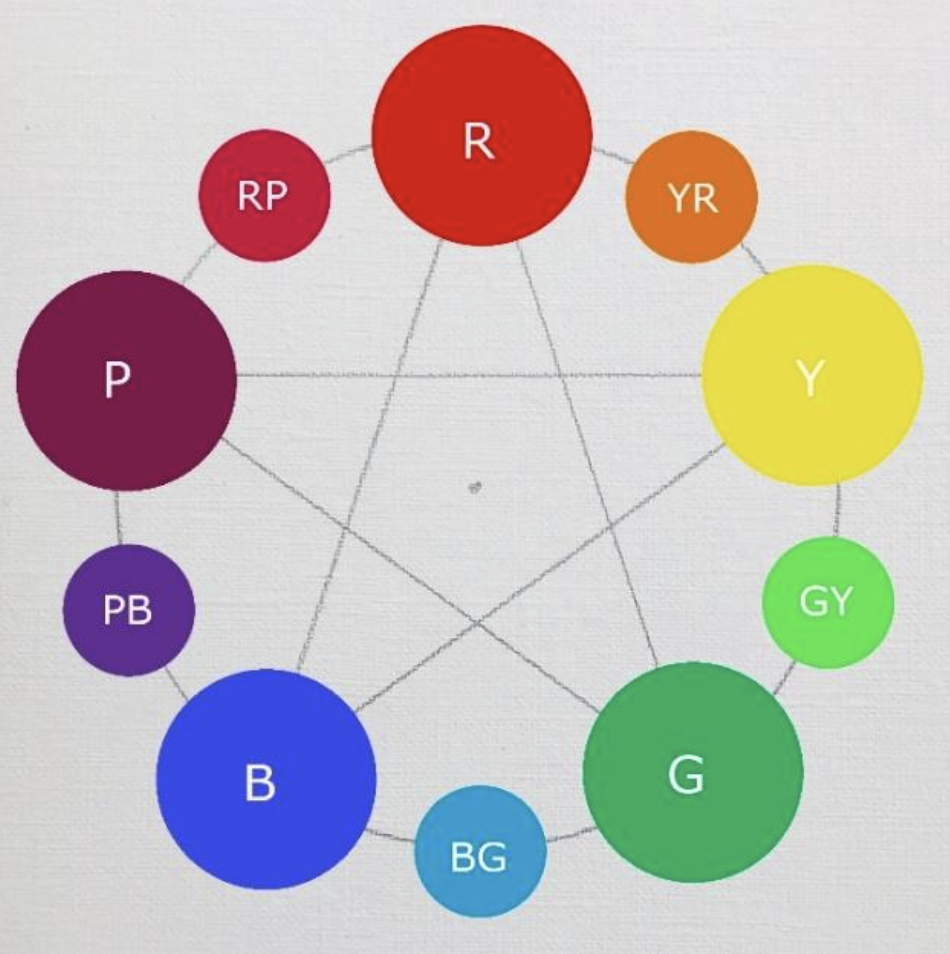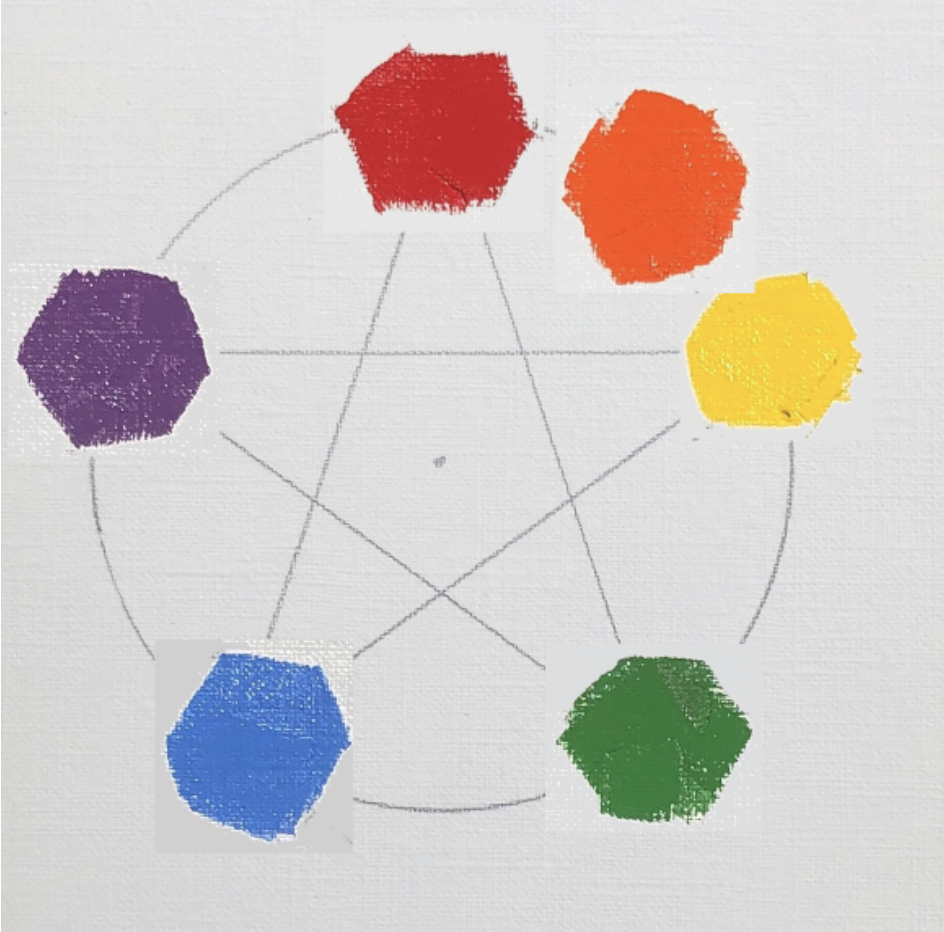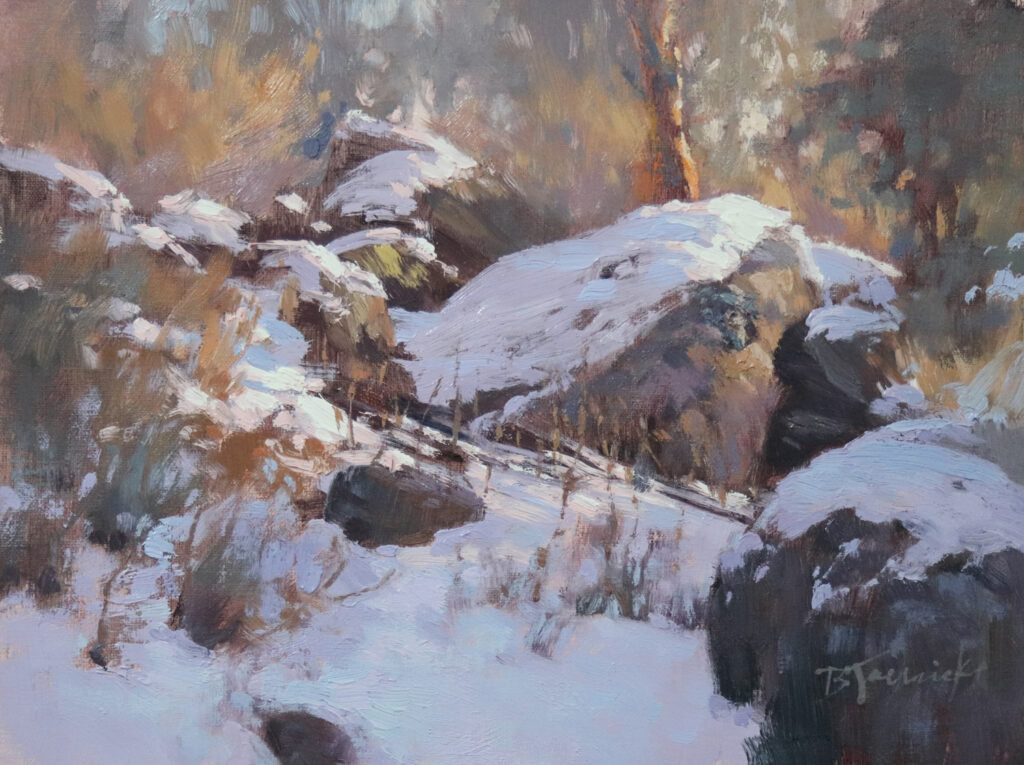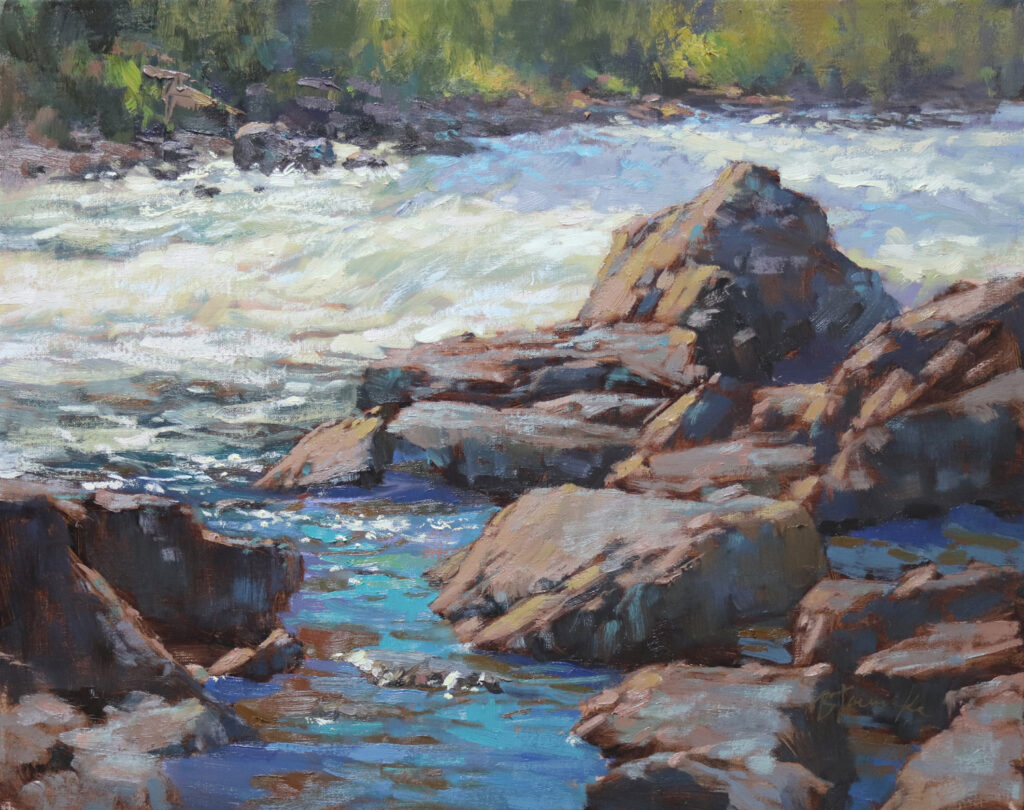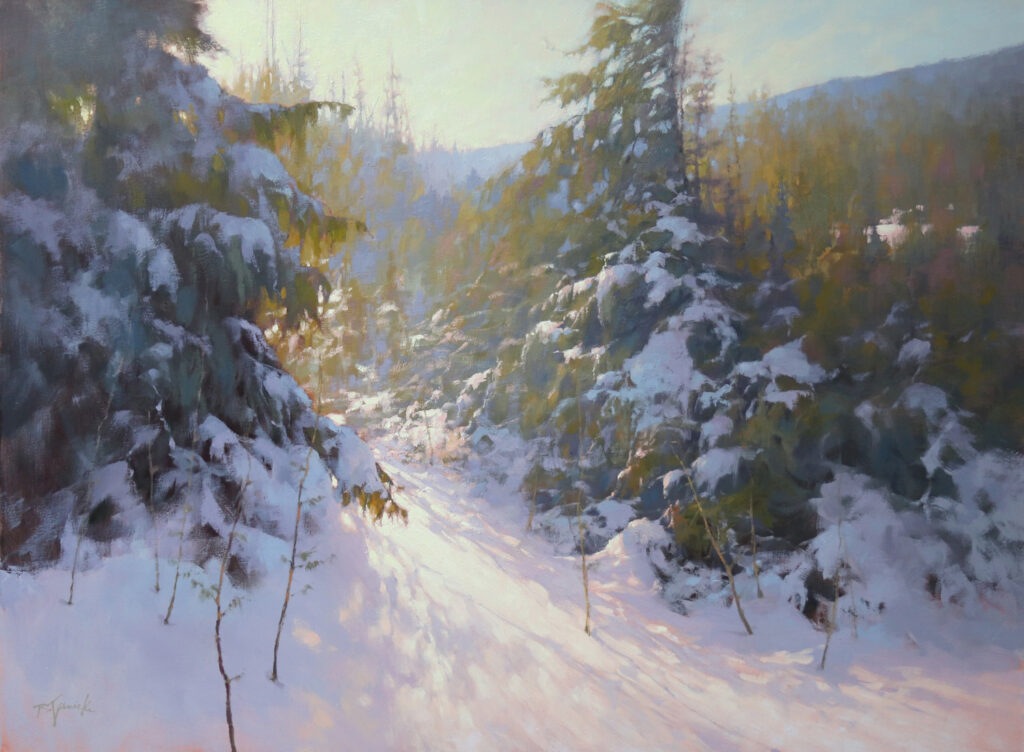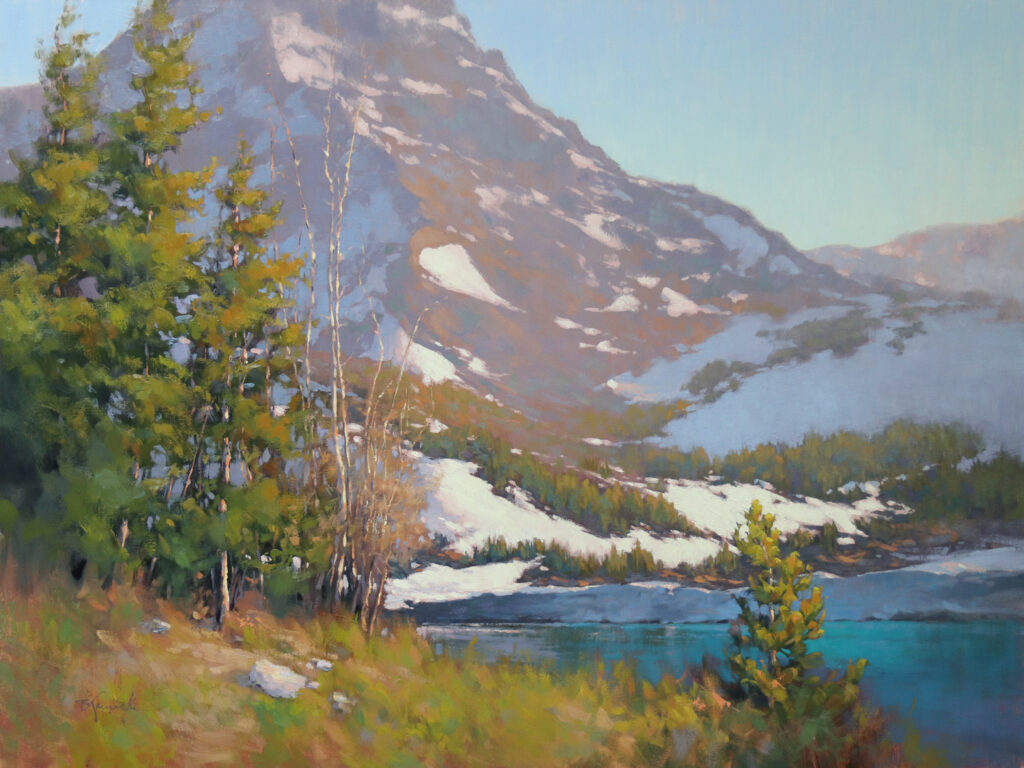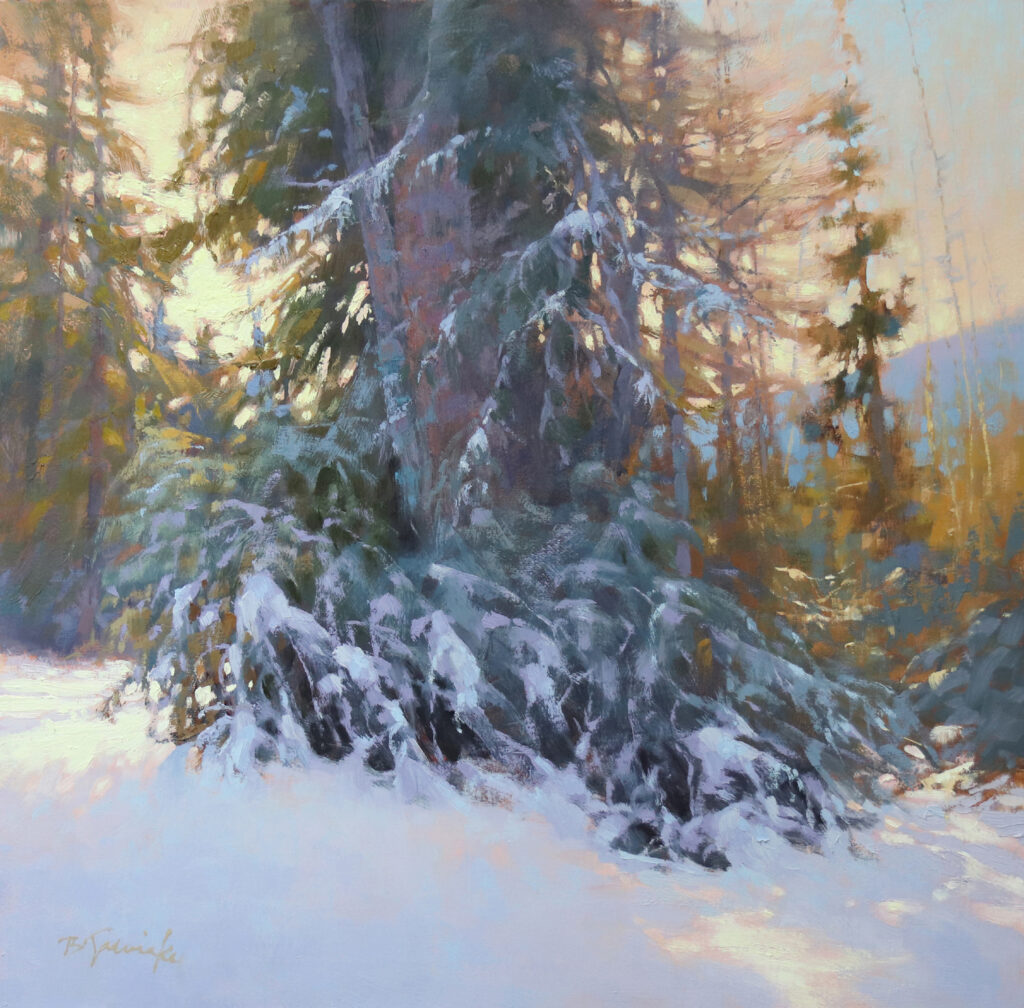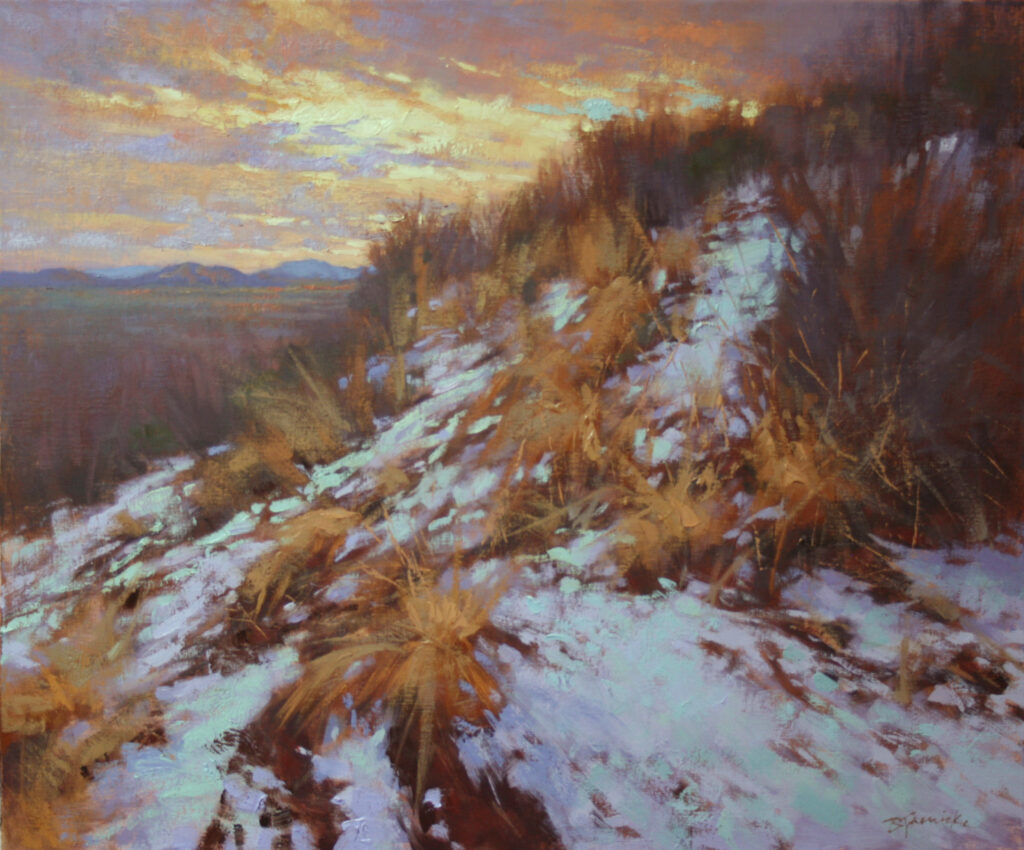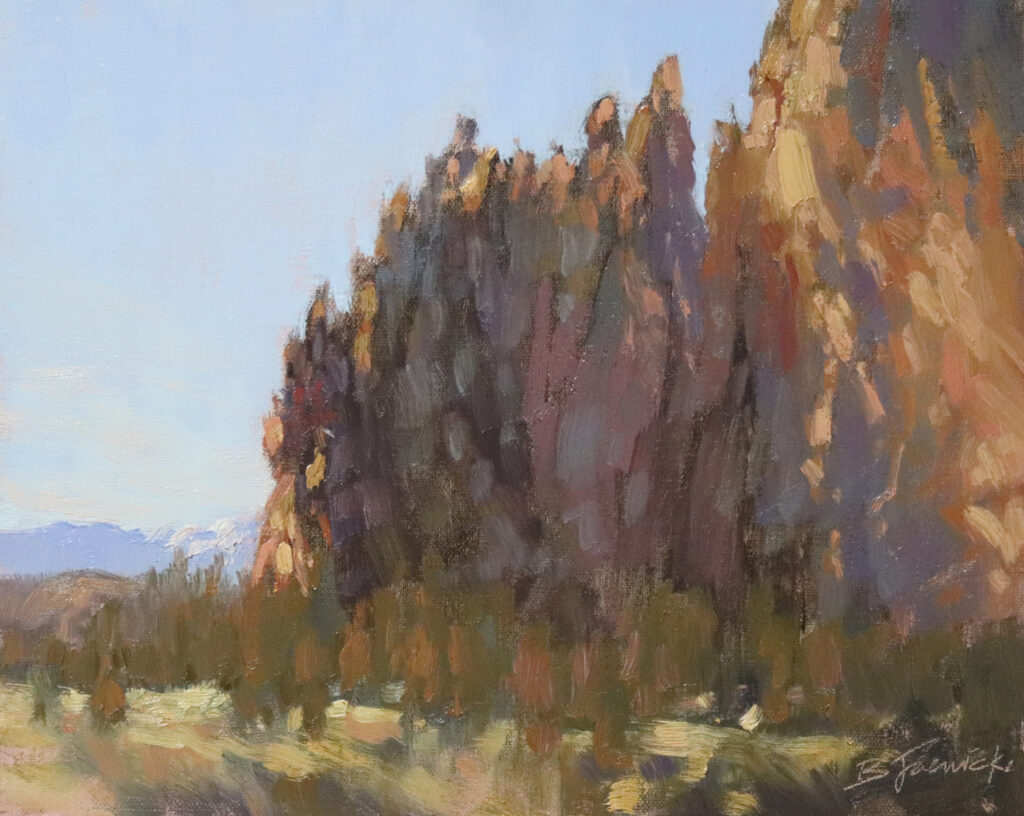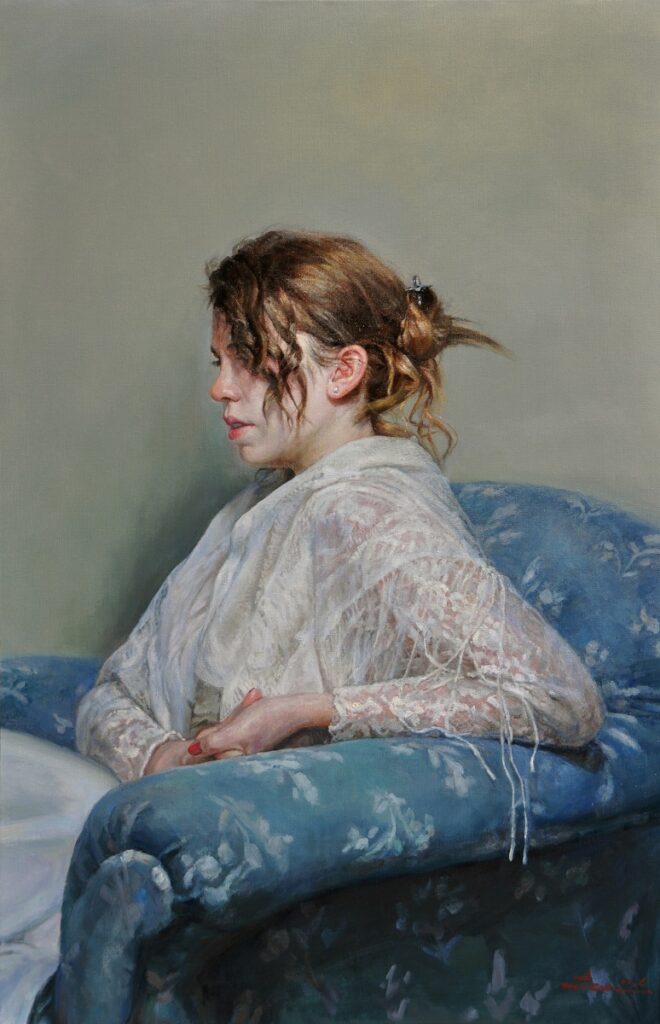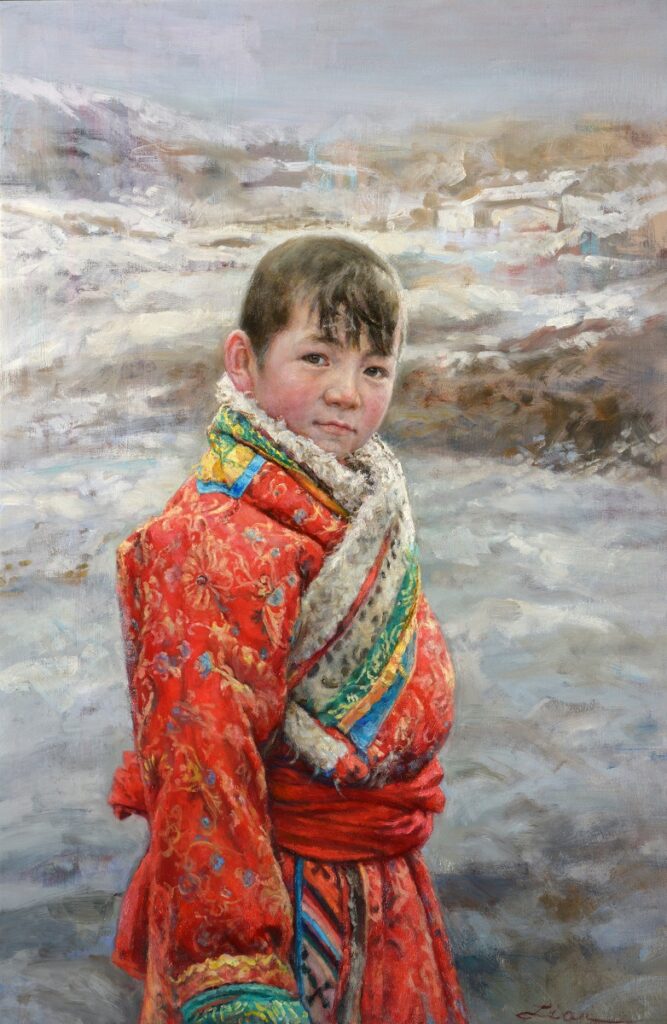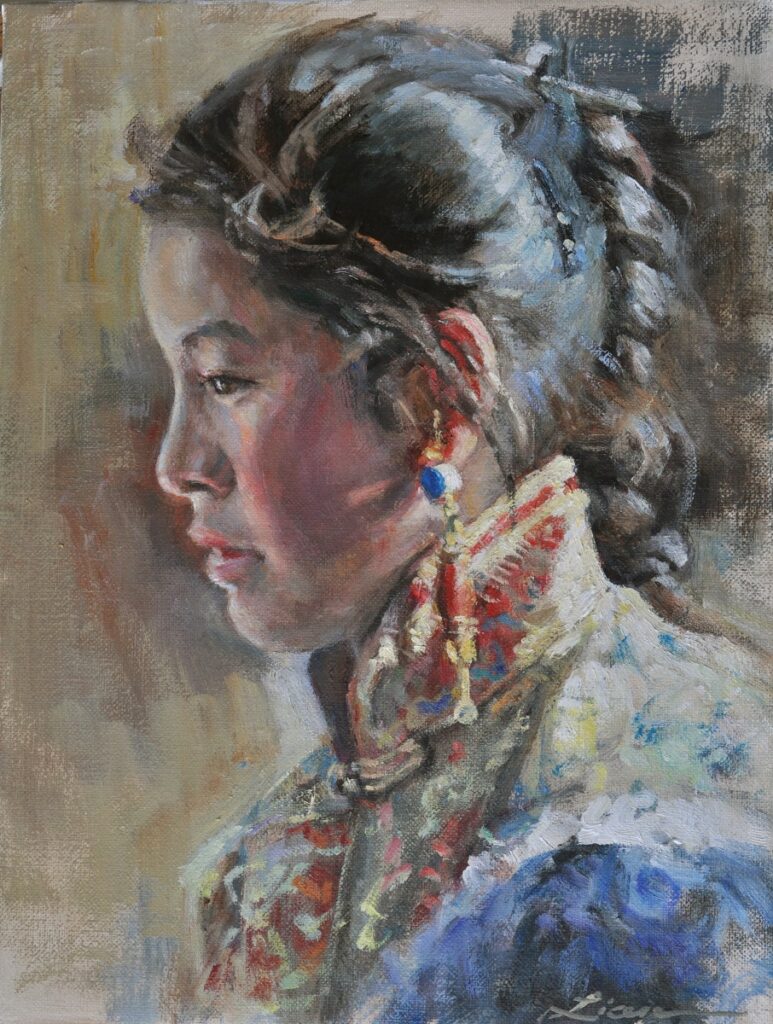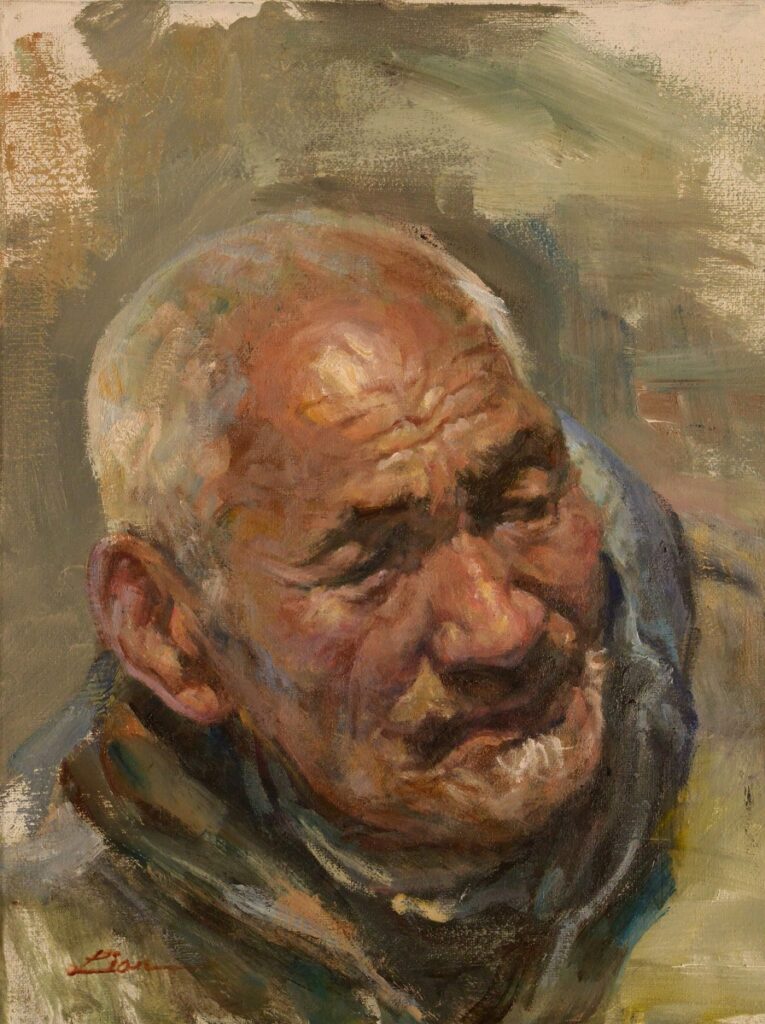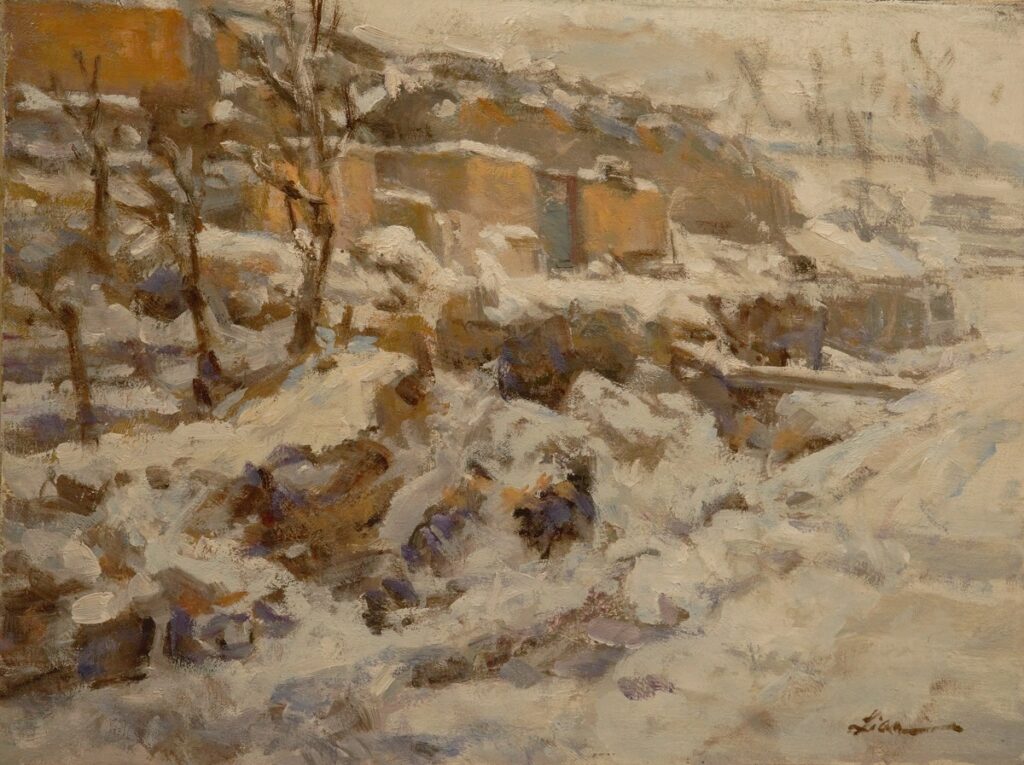“If we don’t always understand animals, they always understand us.” – Rosa Bonheur
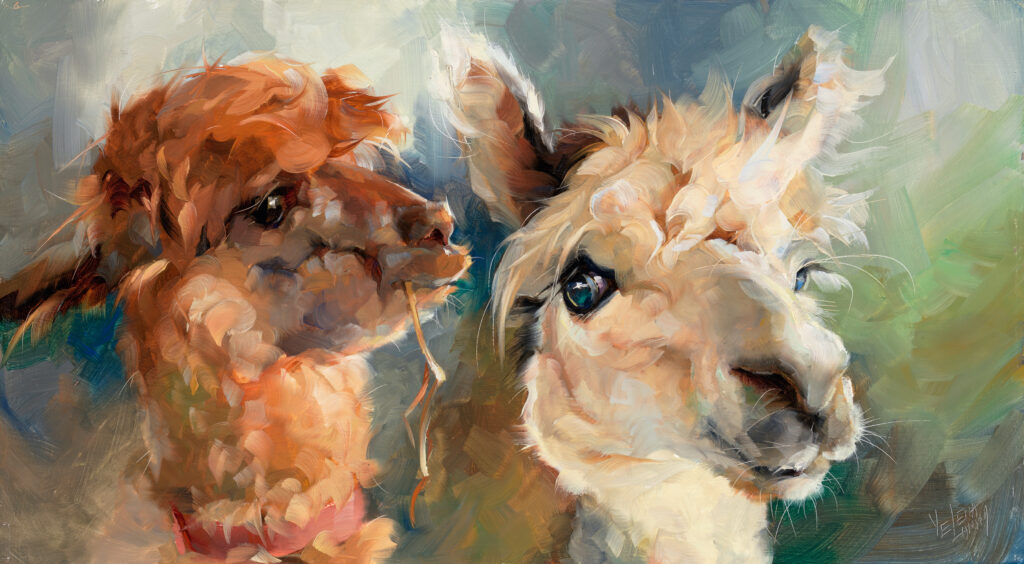
When I was 10 years old I painted my cat. Long into adulthood, my mother kept insisting it was the best painting I ever created. Half-jokingly, she compared all my works to The Portrait of Matros (my cat’s name, means “sailor” in Russian). The paintings she liked were praised as “almost as good”. My mom thought in that small watercolor, 40+ years ago, I captured our cat’s soul.
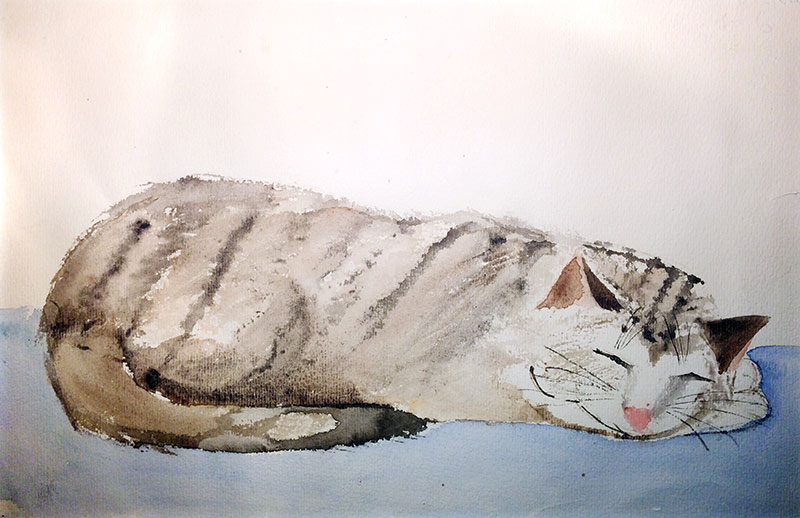
Up until my 50th birthday, art was my passion but not a career. In the mid-90s, as a new immigrant with art education, no English, and two young kids, I could only dream of becoming a “real artist”. Learning how to use a computer and getting a full time job in a field of graphic design was a reasonable solution. I took my painting supplies out of storage when my twin sons got behind the wheel — what else could I possibly do with all the extra time I suddenly had? Yet my subjects were anything but animals. Flowers, still life, some figurative works, some landscapes, but almost never animals. I’ve experimented with different styles, trying to invent “my own”. For quite a while, I was playing with elements of cubism, bright colors, sharp angles, and geometrical shapes. I was exhibiting and selling some works, but this was not enough to make it anywhere beyond local art fairs. To completely change my career, or to say it better, to actually start my career as an artist — it took another cat.
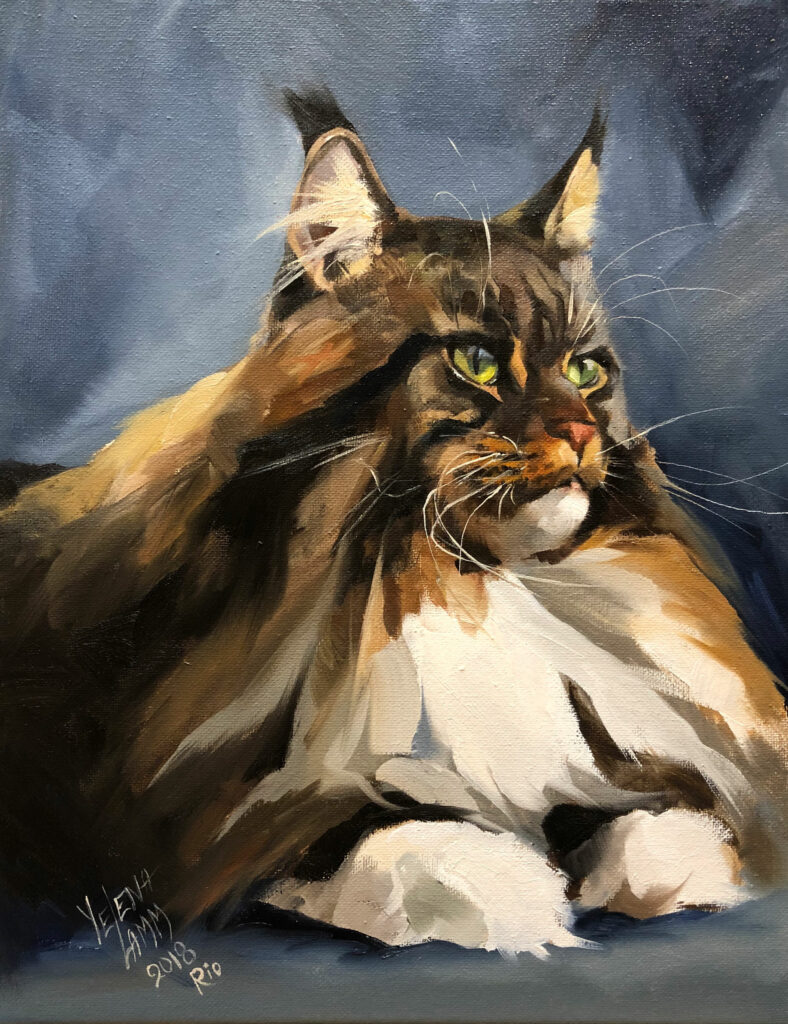
My mother was trying to convince me I needed a small short-haired cat. I wanted a Maine Coon, the largest domestic breed with long silky fur. Rio came from a cattery in Ohio during the 2016 Olympics, hence the name. When my mom first saw my new kitten, she said, “It’s meant to be, he looks like Matros.” Needless to say, I was absolutely in love with my new fur baby. Two years later, Rio developed an orthopedic condition and needed surgery. Seeing the poor guy suffer was heartbreaking. I painted his portrait, Furry Beast, as my own art therapy. Immediately, I got a brilliant idea — aha, I’ll do pet portrait commissions to cover the cost of his treatment. I advertised on social media with zero results. However, a few of my friends saw my struggle and ordered portraits of their pets — and up to this day I’m incredibly grateful to them. The most amazing thing happened in the process. Something clicked. That was it. I was completely and totally hooked and in my element. I knew I was going to keep painting animals.
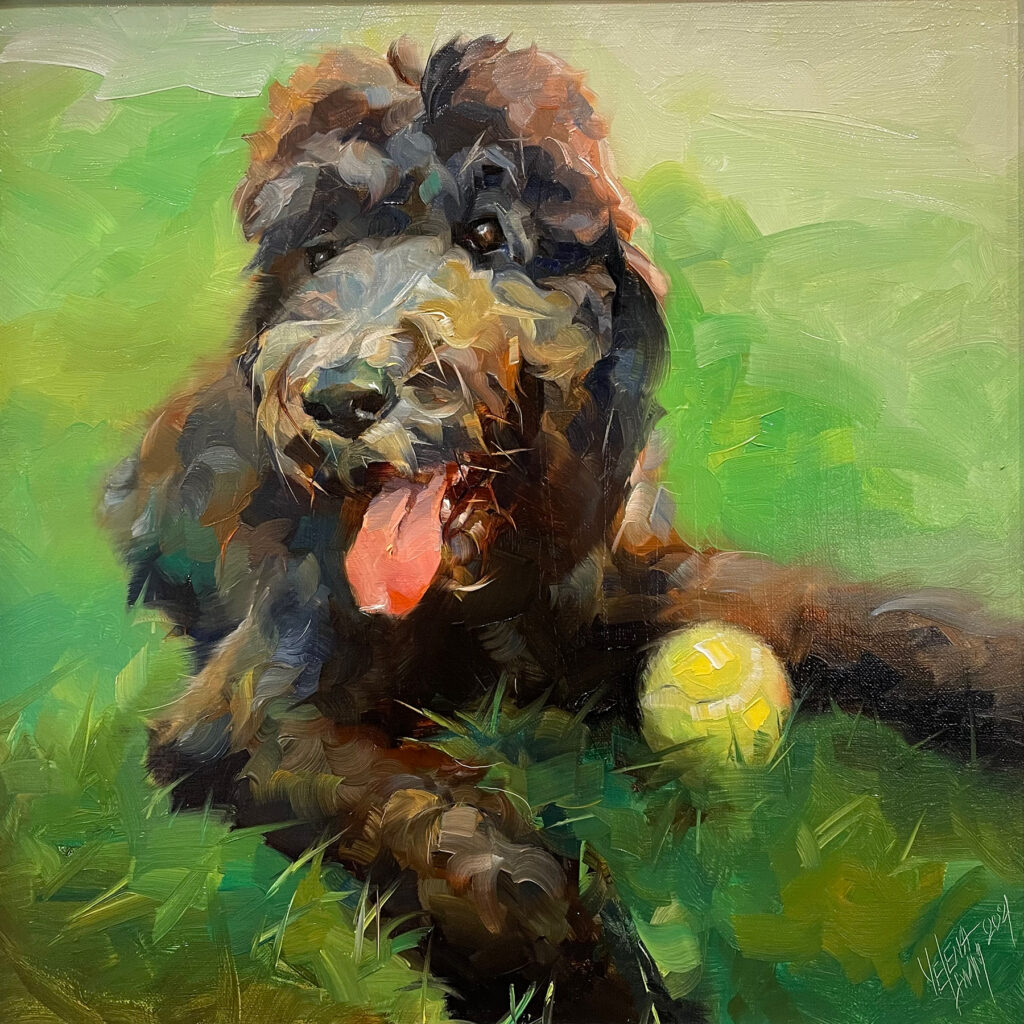
The change in subject completely changed my painting style. Or it rather took me back to my original traditional good-old-Russian art training. I didn’t need to invent “my own style” anymore, it was naturally driven by my subjects. Faceted shapes and sharp edges did not work for soft fluffy animals. Instead, came bold expressive alla prima brushstrokes, painterly passages along with tighter details, and a need to describe form. I realized that using stylistic embellishments was a convenient way to cover up the lack of knowledge and technical skills in realistic representational painting. It made me work hard on honing my craft — watching other artists, taking workshops, and painting, painting, painting.
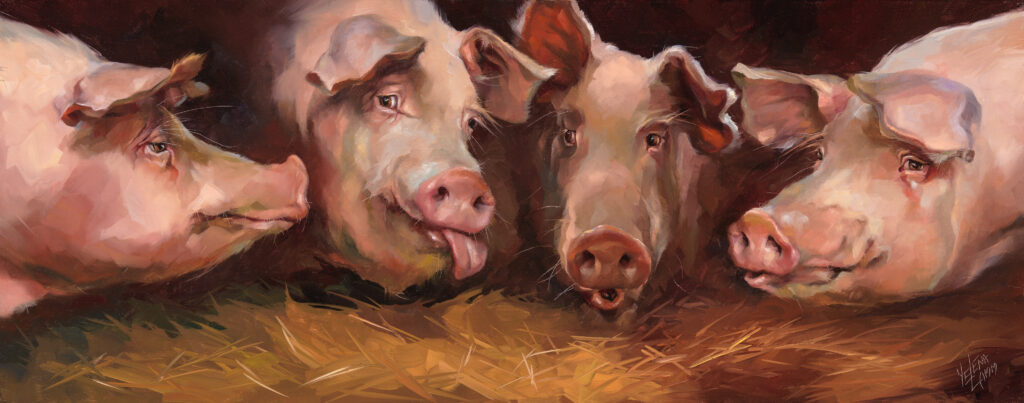
2020 hit hard. Pancreatic cancer took my mom away from us right before the COVID shutdown. She had always been my greatest supporter yet most objective and equitable critic. I’m glad she saw my first animal paintings, and she approved. Her feedback on my Conspirators was, “Absolutely human-looking muzzles. They simply have smart faces.” She didn’t like my title though, she thought it was too descriptive and I should let the viewers come up with their own story.
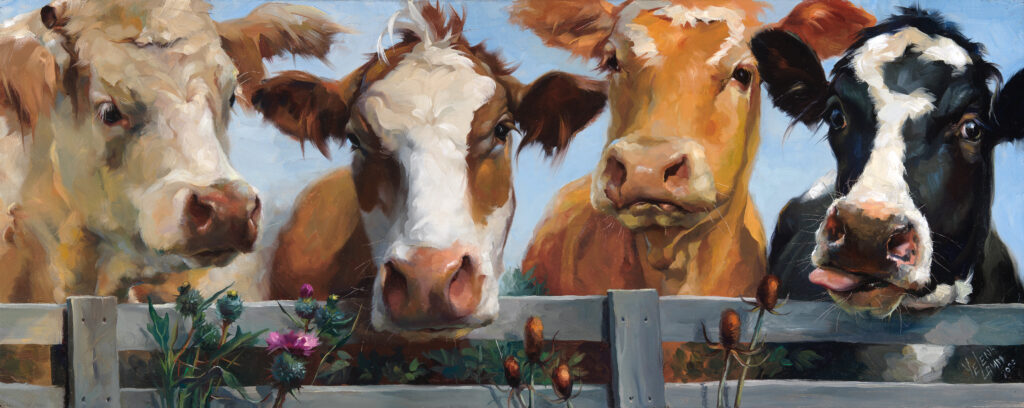
I remember sharing progress shots of Girlfriends with mom. She said they looked sad. I argued that cows always look sad; they’re simply romantics. Later that year, this painting was accepted into the OPA 2020 Eastern Regional, sold before the official opening date, and selected as a finalist by the 15th ARC Salon. It was my first real success as a painter, a sign that, at last, I was doing something right. I only wished my mother could still be here to see it.
Cows became my most popular animals. Never tired of their faces, I’ve probably painted enough cows for a decent size dairy farm over the last couple years. My creative process behind it is almost always the same: as the snout begins taking shape, I start smiling and keep painting with a silly smile on my face while talking to an imaginary cow, wondering if psychiatrists out there have a name for my condition. I joked that the reason I love painting cows is because they accept their natural beauty — no cow has ever asked me to remove her double chin or to make her nose smaller, and they are also perfectly fine with their facial hair.
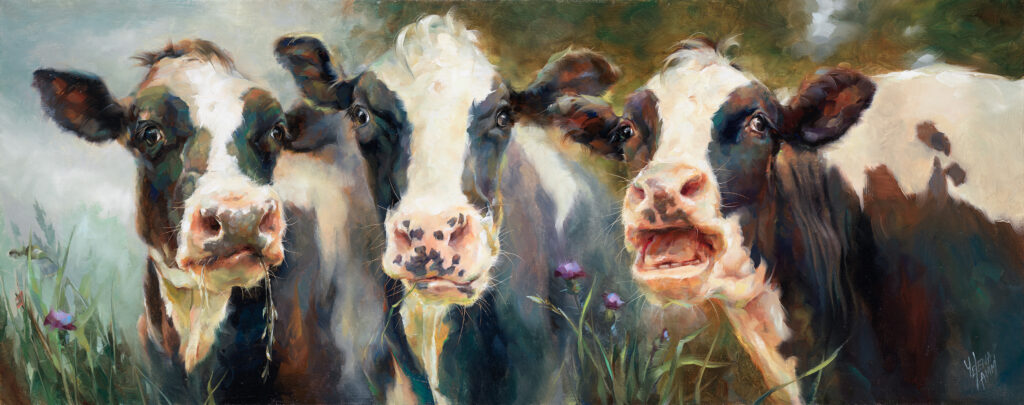
My subjects are mostly farm animals and pets. Pets, I believe, deserve even more attention and recognition in art. They are there for us when we need them, they took us through pandemic, they keep us sane and for sure make us better people. When painting pets, my goal always is to understand and portray their personalities. For commissioned portraits, I ask my clients to share stories about their pets. For my own pieces, I like adding some narrative.
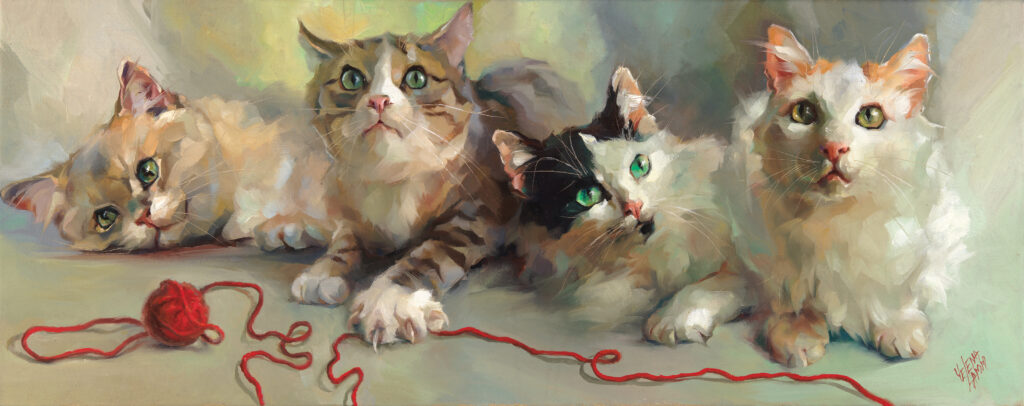
Why Are You Still Home? was painted in isolation of April, 2020. During this sad and uncertain time, grieving for my mother, I needed all the cuteness and humor I could possibly get to make it through. A friend of mine came up with the title for this piece after I posted it on Facebook.
I love adding a healthy dose of humor to my paintings. When I see people smile as they look at my works, it makes me happy. Of course the animals can be silly and amusing, but we all know they are also super smart. After taking care of my Rio recovering after his surgeries, I’m in awe of his resilience, persistence, and desire to survive. I have a huge respect for my subjects as there’s so much we all can learn from them. They always have a story to tell, and I’m trying to do my best transcribing their stories and capturing their souls.
